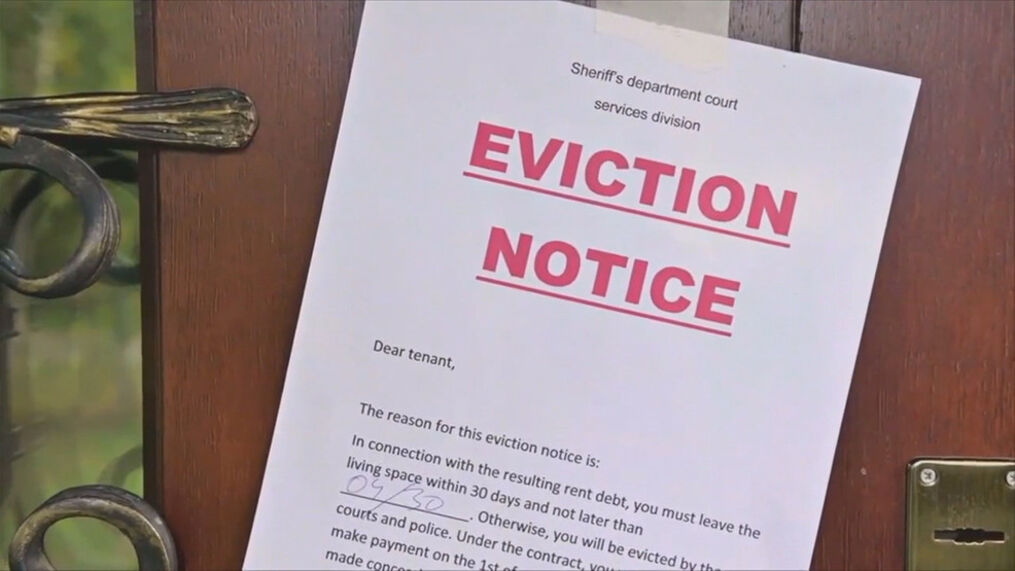Pouring concrete is a common home improvement project that homeowners undertake. However, it is important to be aware of regulations regarding how close concrete can be poured to a property line. Non-compliance with setback rules can result in legal and structural issues.
In this article, we will explore the question of how close concrete can be poured to a property line based on building codes and best practices.
What are the regulations for pouring concrete near a property line?
According to building codes, most municipalities require a setback distance of at least 2-3 feet from the property line for any construction project, including concrete work. However, requirements can vary depending on location, so it is essential to check with your local planning department to determine the specific setback mandated in your area.
Zoning laws and codes exist to ensure safety and adherence to guidelines, so compliance is important when pouring concrete near a boundary line.
Related: Can I Be Evicted For Painting My Apartment?
What is the recommended distance from a property line?

While codes mandate a minimum, the general recommendation is to stay at least 3 feet away from the property line when pouring concrete. Maintaining this buffer helps reduce the risk of encroaching on a neighbor's property or causing unintentional damage. It is always best to exceed minimum regulations to avoid potential disputes or structural issues related to improper installation too close to the boundary.
How can I determine my property line?
To ensure concrete is poured correctly and not on a neighboring lot, homeowners must accurately identify their property boundaries. These are outlined on documents like a plat map or deed.
If still uncertain, contact your local jurisdiction for assistance in verifying lot lines. Only with confirmed property boundaries can the appropriate setback distance then be determined.
What are the potential consequences of non-compliance?
Pouring concrete in violation of setback requirements can result in legal and financial consequences. Citations or fines may be issued by code enforcement. Non-compliance could also strain neighborly relationships if the concrete intrudes on an adjoining property.
Structurally, having the heavy material too close to a boundary could cause issues like subsidence or damage to other structures.
Careful adherence to regulations helps avoid these problematic outcomes.
Does getting a permit help ensure compliance?
For large concrete projects near property lines, obtaining the necessary permits from your local building authority can help ensure code adherence. Permits require submitting project plans and details for review. Inspectors will check for compliance during the work.
Following an approved permit helps prevent unintended errors from resulting in violations or needing alterations. Permit fees are an investment that provides oversight to pour correctly.
What tips can ensure a smooth project?
Hiring a professional concrete contractor familiar with local regulations offers the best chance for a problem-free project. They understand optimal installation and can navigate permit requirements. Careful preparation of forms and base material also helps.
Monitoring curing conditions and leaving braces in place the recommended time prevents premature failures. Taking all precautions prevents costly mistakes and future issues.
Conclusion
In conclusion, carefully adhering to building code setback minimums as well as general recommendations provides the safest approach for homeowners pouring concrete near property lines. Determining boundaries, following permitting processes, and hiring experienced help helps maximize successful outcomes. Non-compliance can lead to disagreements orstructural woes down the road. With diligent planning and best practices, projects can avoid issues and meet regulations.





